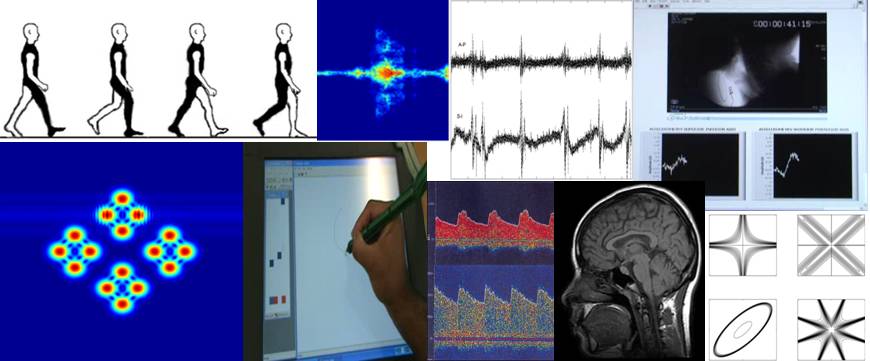A study of brain networks associated with swallowing using graph-theoretical approaches
July 30, 2013
Functional connectivity between brain regions during swallowing tasks is still not well understood. Understanding these complex interactions is of great interest from both a scientific and a clinical perspective. In this study, functional magnetic resonance imaging (fMRI) was utilized to study brain functional networks during voluntary saliva swallowing in twenty-two adult healthy subjects (all females, 23.1 plus\minus 1.52 years of age). To construct these functional connections, we computed mean partial correlation matrices over ninety brain regions for each participant. Two regions were determined to be functionally connected if their correlation was above a certain threshold. These correlation matrices were then analyzed using graph-theoretical approaches. In particular, we considered several network measures for the whole brain and for swallowing-related brain regions. The results have shown that significant pairwise functional connections were, mostly, either local and intra-hemispheric or symmetrically inter-hemispheric. Furthermore, we showed that all human brain functional network, although varying in some degree, had typical small-world properties as compared to regular networks and random networks. These properties allow information transfer within the network at a relatively high efficiency. Swallowing-related brain regions also had higher values for some of the network measures in comparison to when these measures were calculated for the whole brain. The current results warrant further investigation of graph-theoretical approaches as a potential tool for understanding the neural basis of dysphagia.
This material is presented to ensure timely dissemination of scholarly and technical work. Copyright and all rights therein are retained by authors or by other copyright holders. All persons copying this information are expected to adhere to the terms and constraints invoked by each author’s copyright. In most cases, these works may not be reposted without the explicit permission of the copyright holder.



